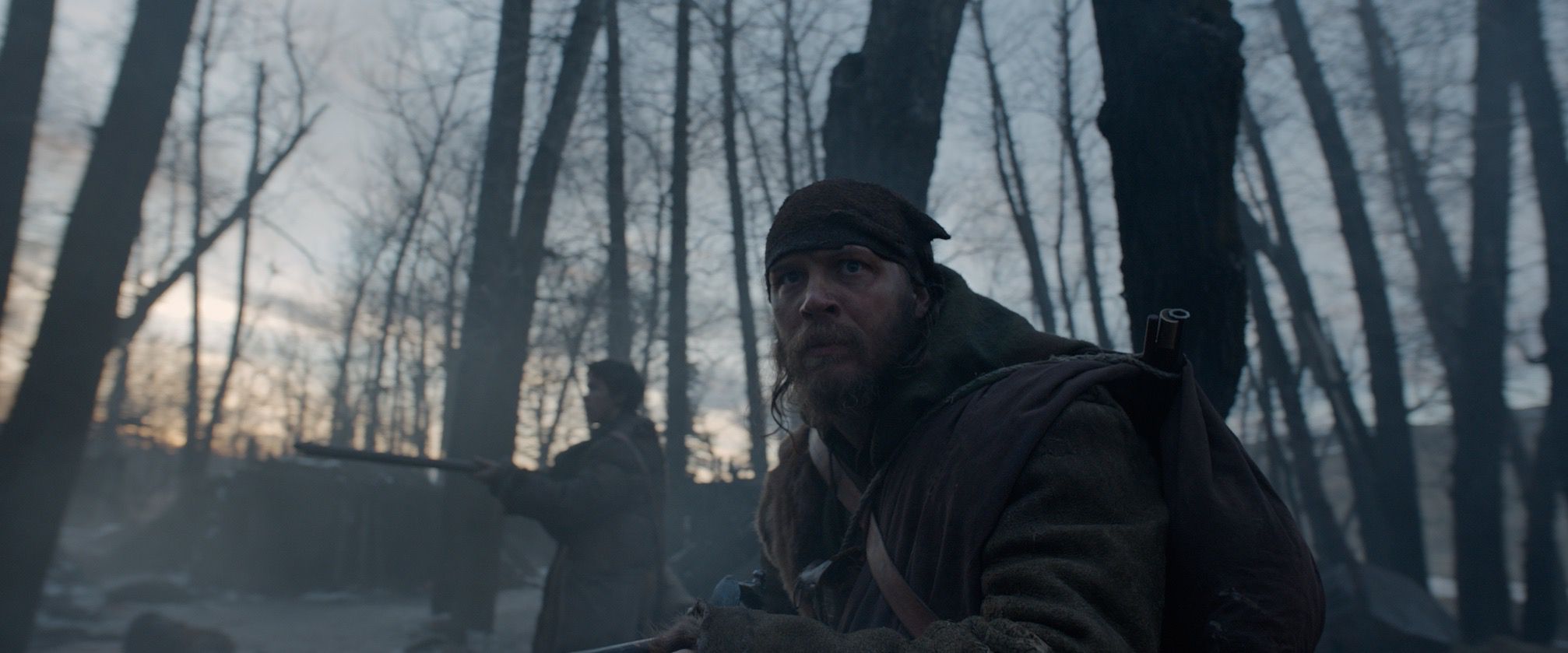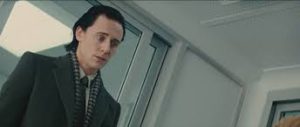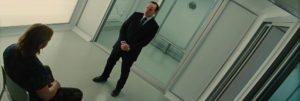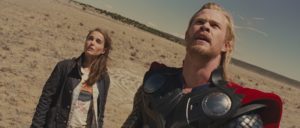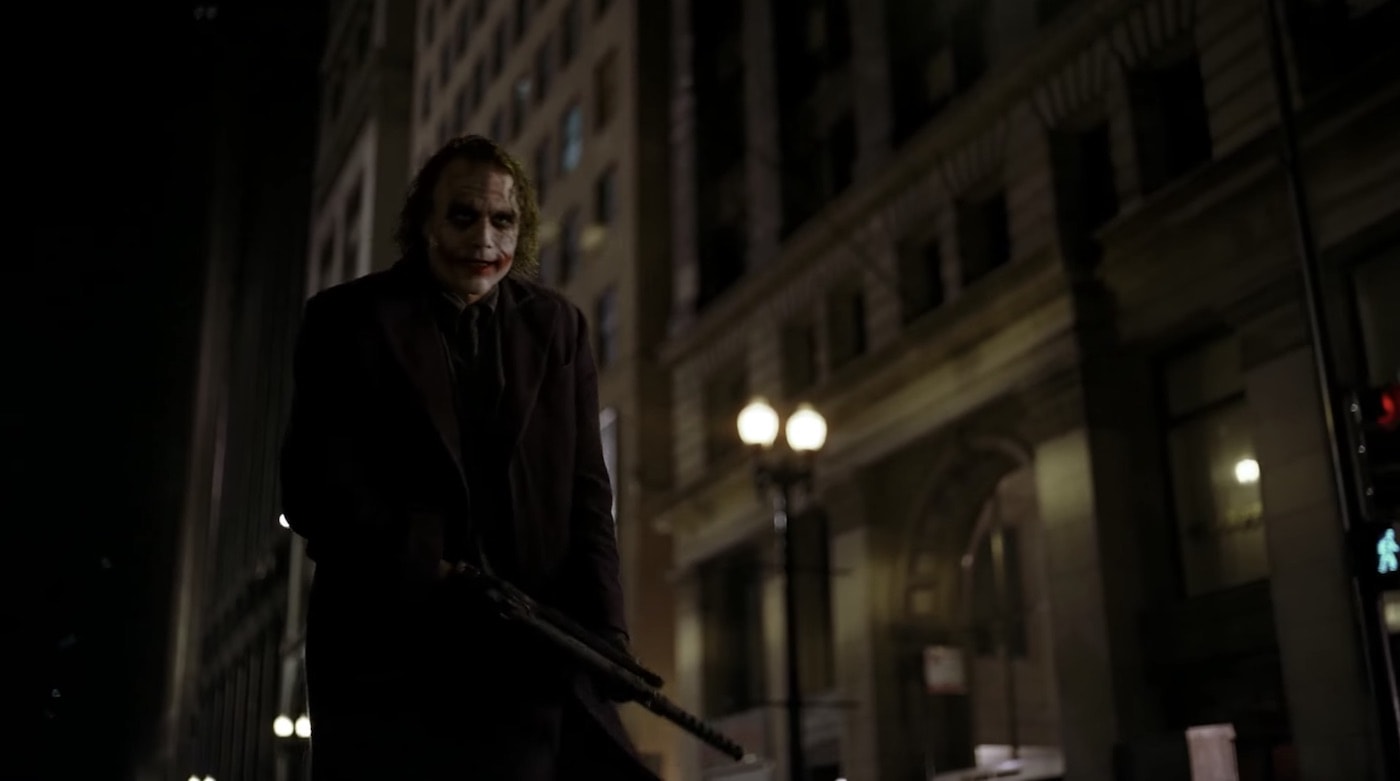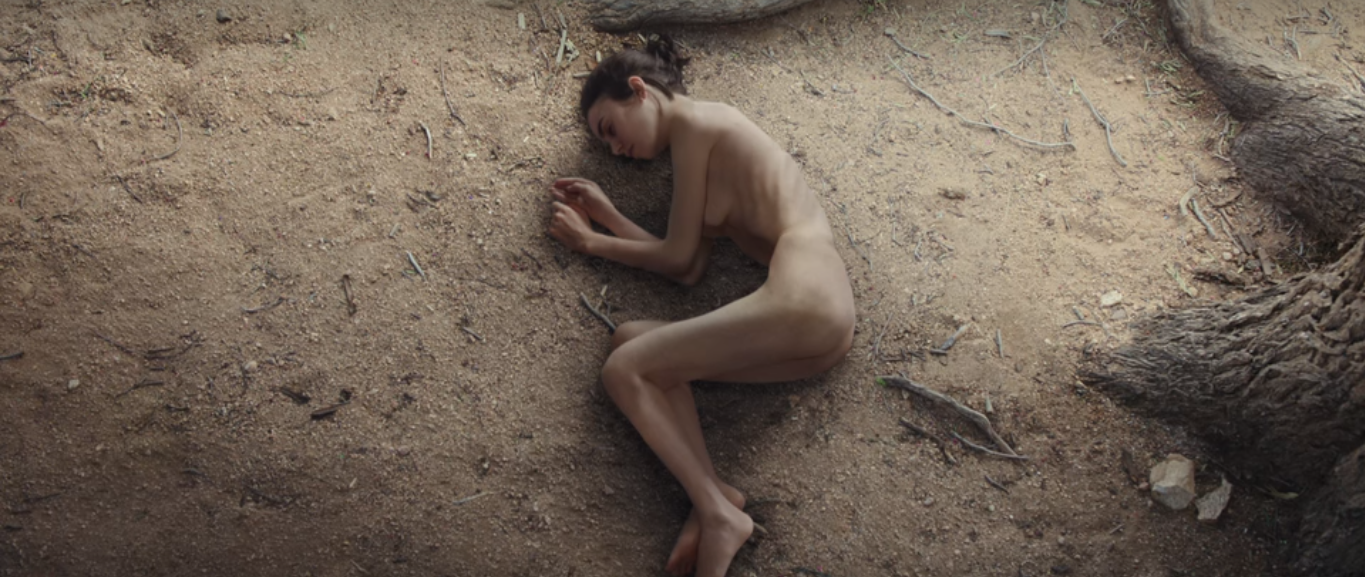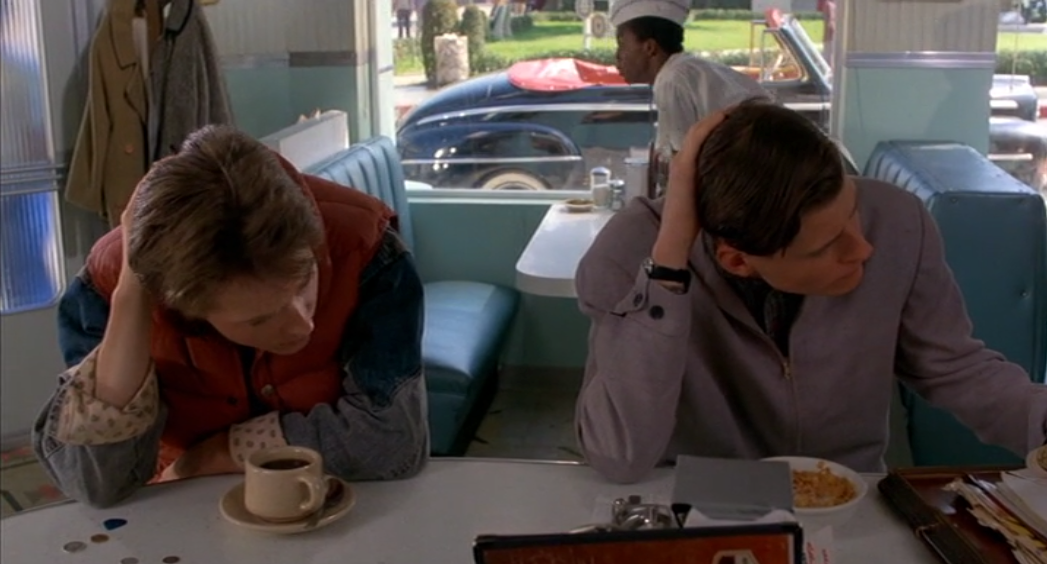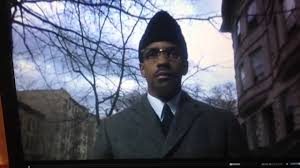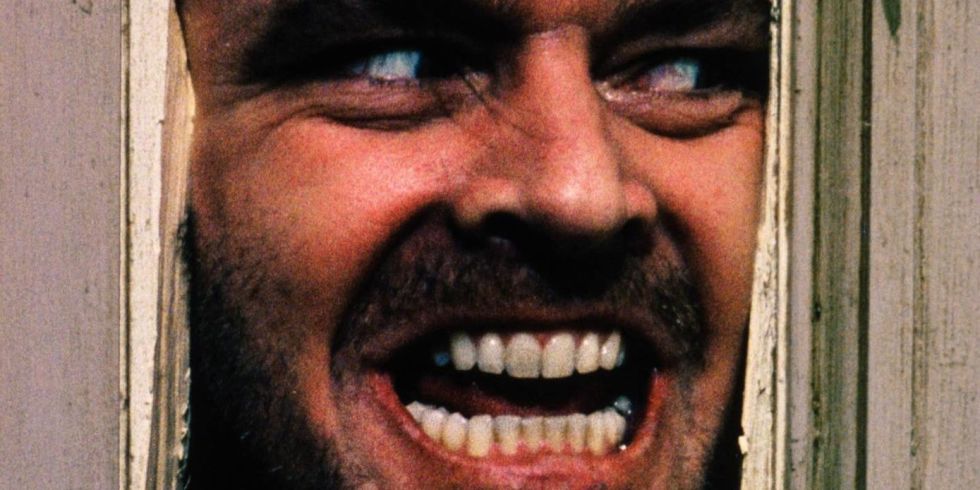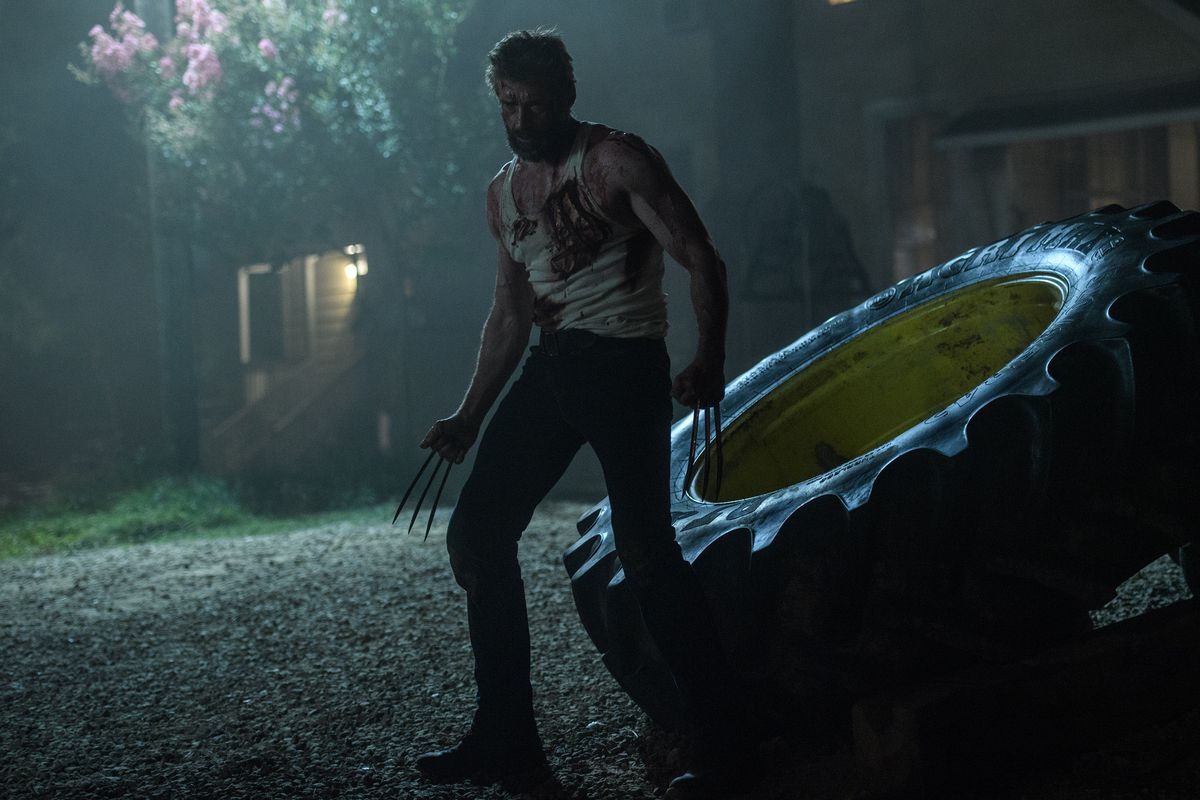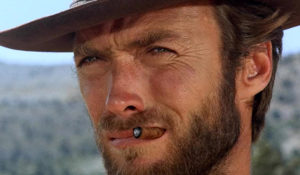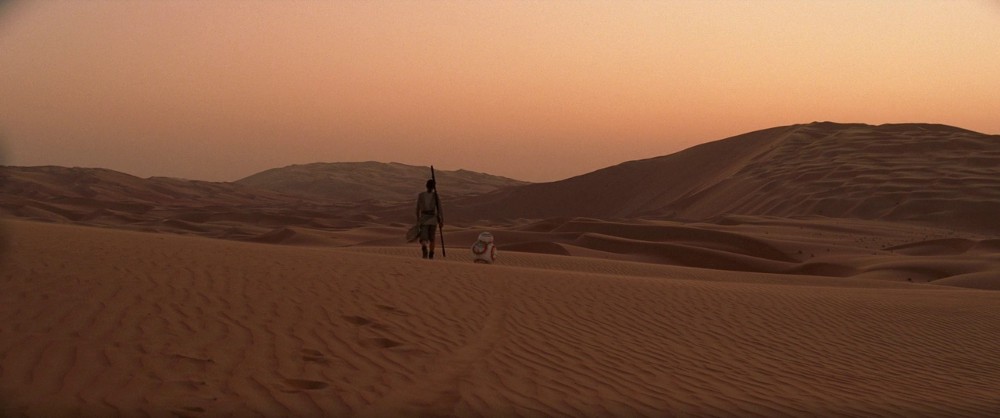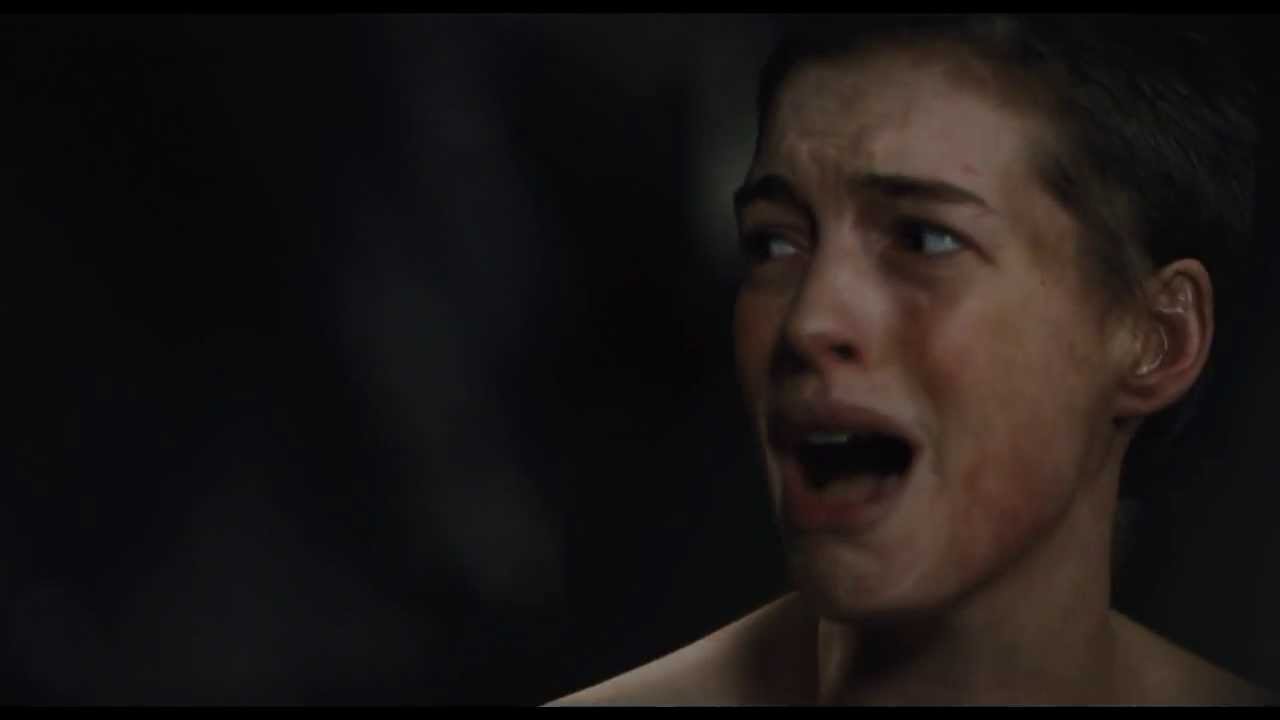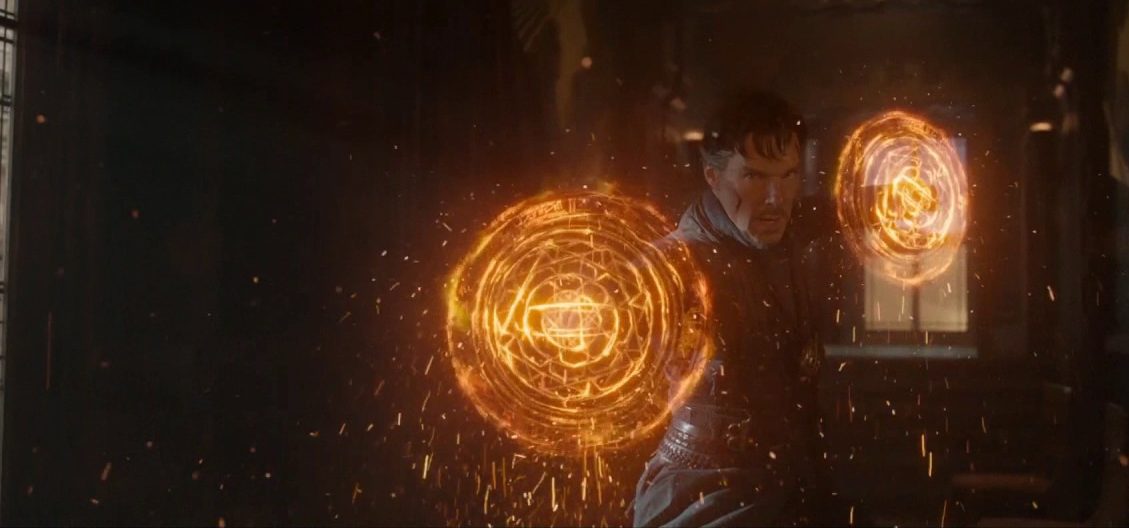Crab Left – Ghostbusters (dir. Paul Feig, 2016)
A crab left camera movement is when the camera moves left, showing the audience more of the scene. In this clip, the camera does a crab left movement at 0:28-0:32, when the camera moves over all four of the girls firing their proton guns. The director has chosen to use this movement at this moment to show the first main use of the guns in the film. It is a very powerful shot, and works very well with the rest of the scene, as it makes the audience feel like the girls have a new sense of power. If the camera had stayed fixed on the Ghostbusters instead of moving along, then it wouldn’t have given the same effect and wouldn’t have been as impressive to the audience.
Zooms – Shaun of the Dead (dir. Edgar Wright, 2004)
This scene uses a number of quick zoom shots, which each focus on a different thing. These shots give the audience a brief but specific glimpse of how average Shaun’s life is. It helps them to understand his character more, as the shots focus on more simple tasks in his morning, rather than anything majorly significant. It also creates a lighthearted sense to the film, as the audience wouldn’t expect a serious drama to use shots like these. These shots come near the beginning of the film, and they help to set the comedic tone that the rest of the film has. They also help to establish Shaun’s character to the audience, so that they understand the actions that he takes later on in the film.
Ped down – Psycho (dir. Alfred Hitchcock, 1960)
A ped down shot is when the camera moves down in the scene. In the famous shower scene in this film, the director has used a ped down shot to show Marion as she’s dying (1:24-1:30). The camera tracks her as she slides down the wall after being attacked and murdered. This shot has been well thought out by the director, as it emphasises her death for the audience, and makes it seem more real. It also helps the audience to sympathise with Marion and to be fully immersed in the scene. This shot follows her face as she falls down, which makes the audience feel like they’re experiencing the scene with her.



